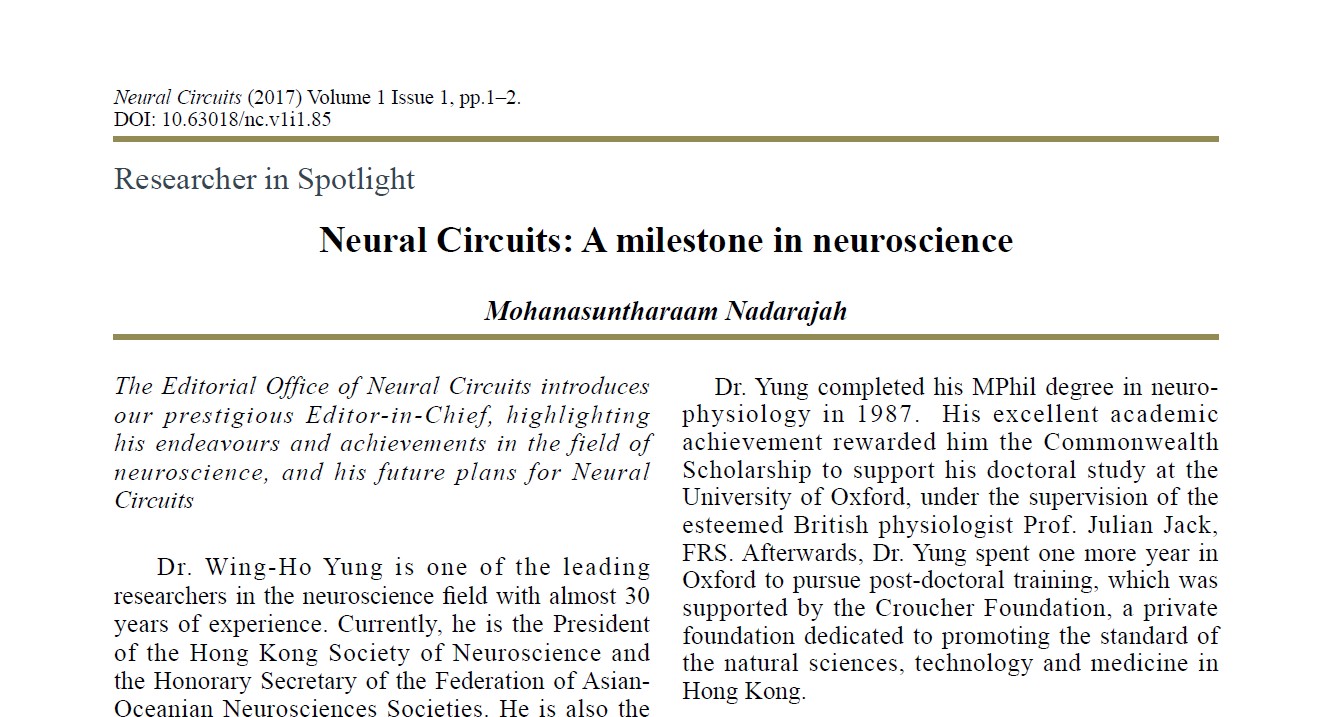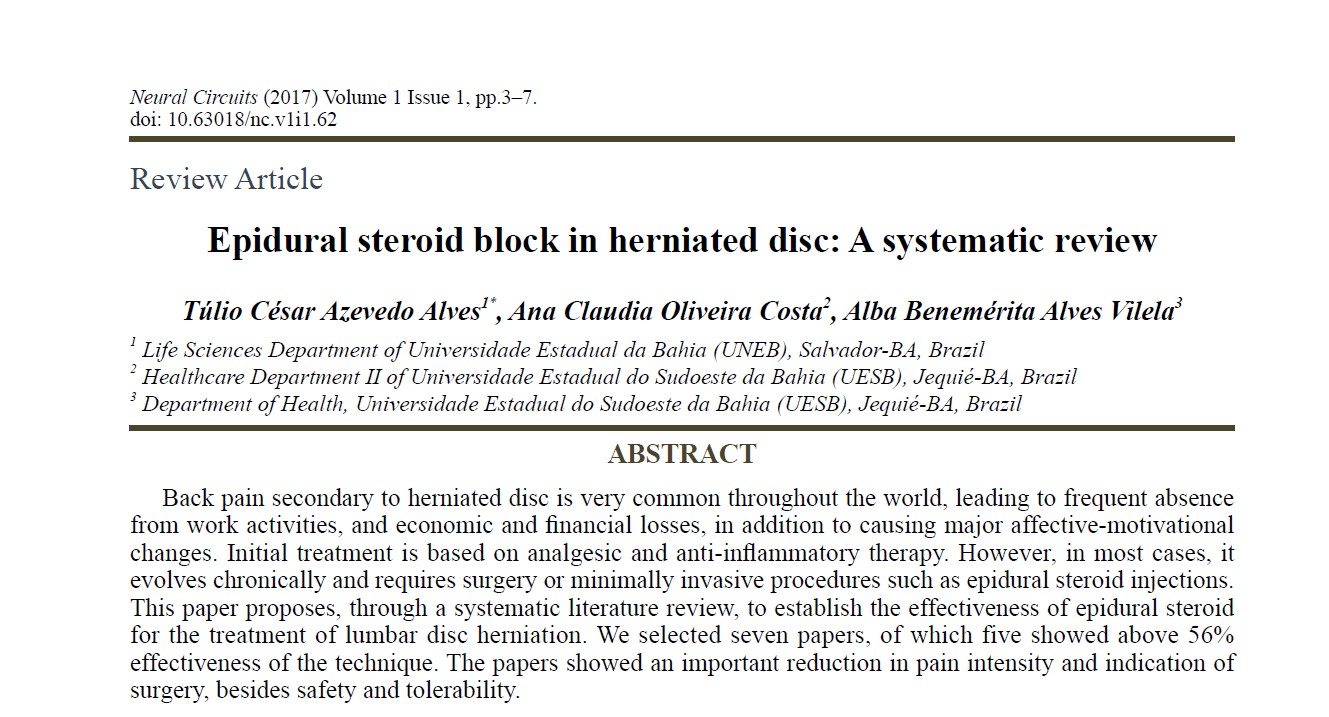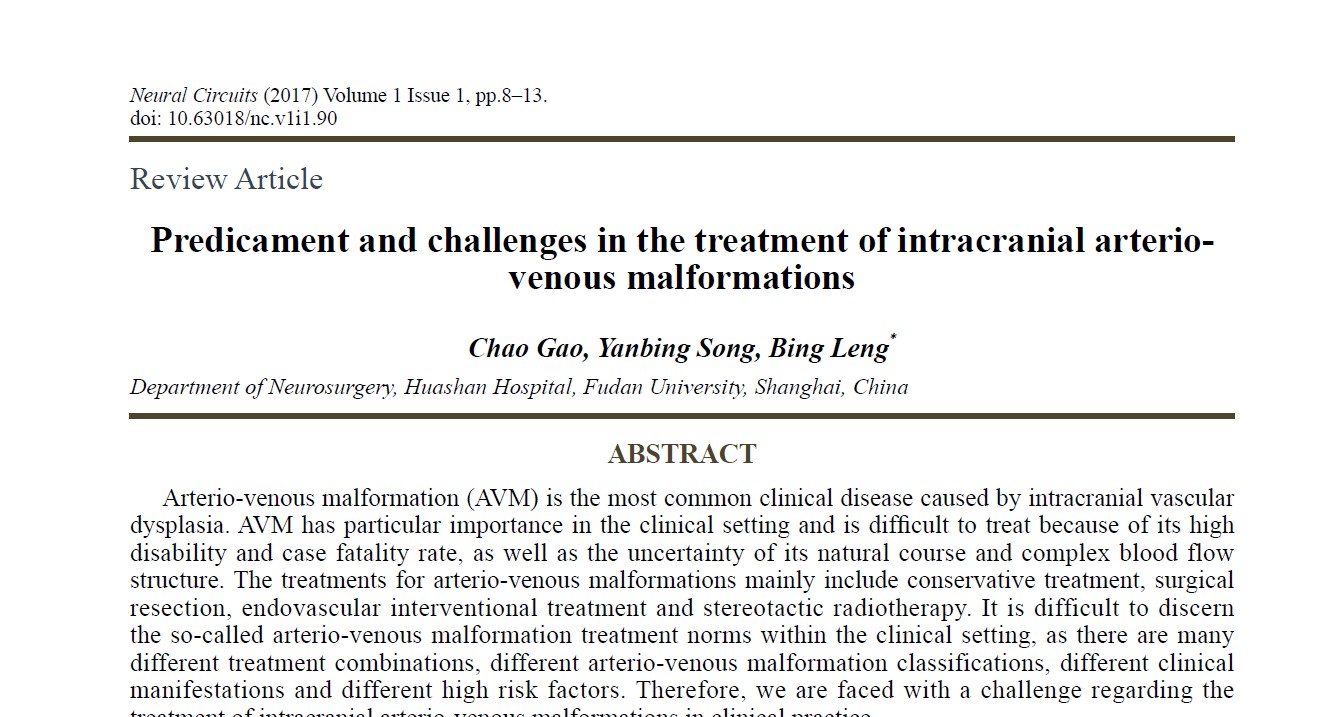Vol 1, No 1
Table of Contents
This experimental study evaluated the effects of supraphysiological doses injections of testosterone cypionate and stanozolol on neural density in mice lateral hypothalamus and central amygdala. For this research 60 Swiss mice were used and divided into three groups: control, stanozolol and testosterone cypionate. Neuron cell bodies profile density estimation was performed according to random simple counting. The use of supraphysiological doses of both anabolic-androgenic steroids (AAS) proved to be statistically significant for decreasing the number of neuron cell bodies in lateral hypothalamus of male and female mice, and in central amygdala of female mice. The use of AAS such as Deposteron® and Winstrol Depot® can induce neuron cell death, compromises lateral hypothalamus and central amygdala functions, and may lead to behavioral changes.
Announcements
Announcement of Transferring Journal |
|
To whom it may concern:
Due to operational and developmental considerations, EnPress Publisher LLC is delighted to announce that the journal entitled Neural Circuits is now published by PiscoMed Publishing Pte Ltd. in Singapore. All operations related to the journal will be solely handled by PiscoMed Publishing Pte Ltd. and its partners.
|
|
| Posted: 2018-12-21 | |
| More Announcements... |





 Open Access
Open Access

